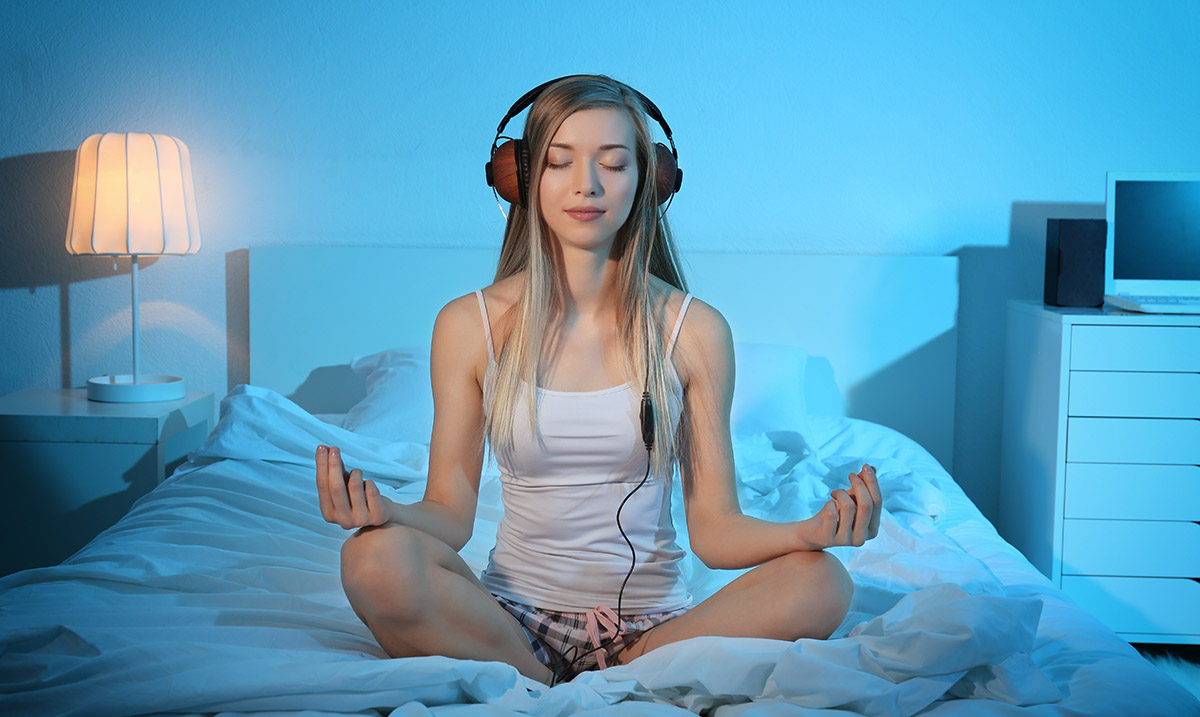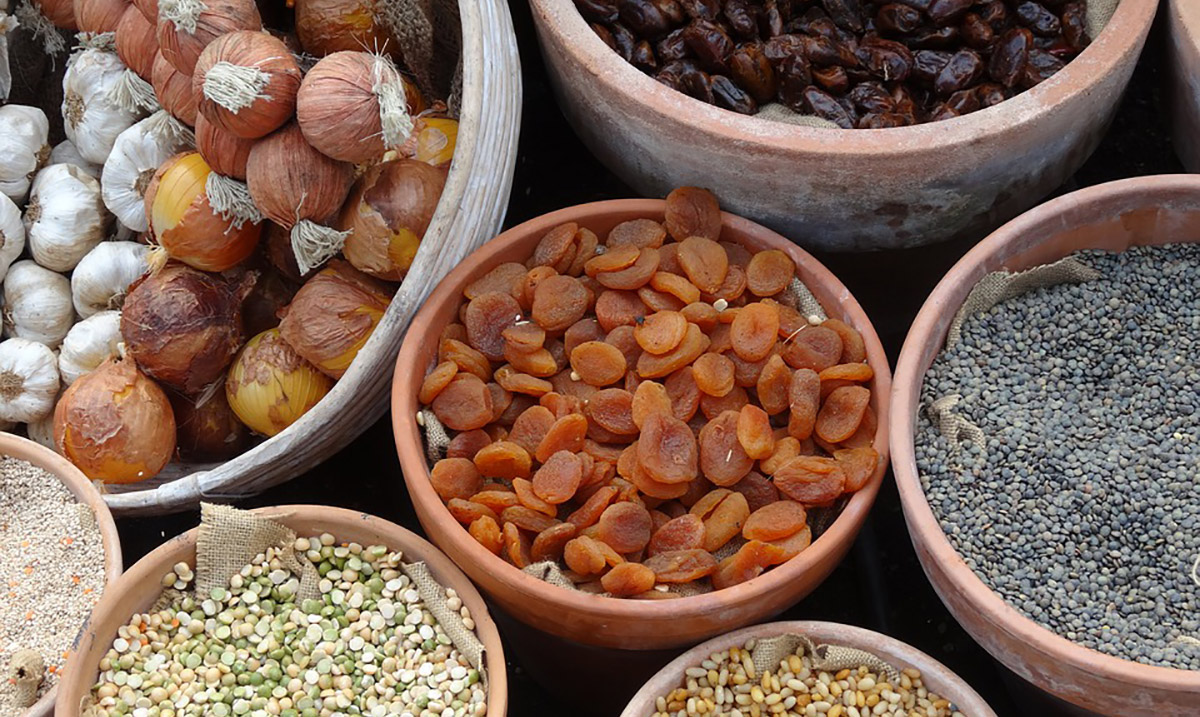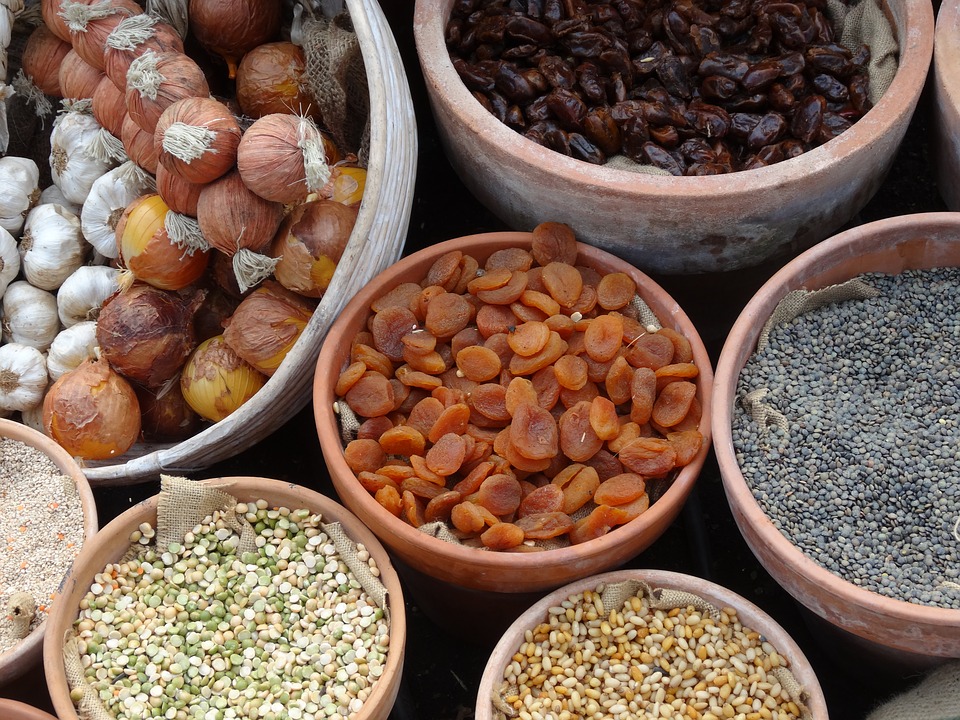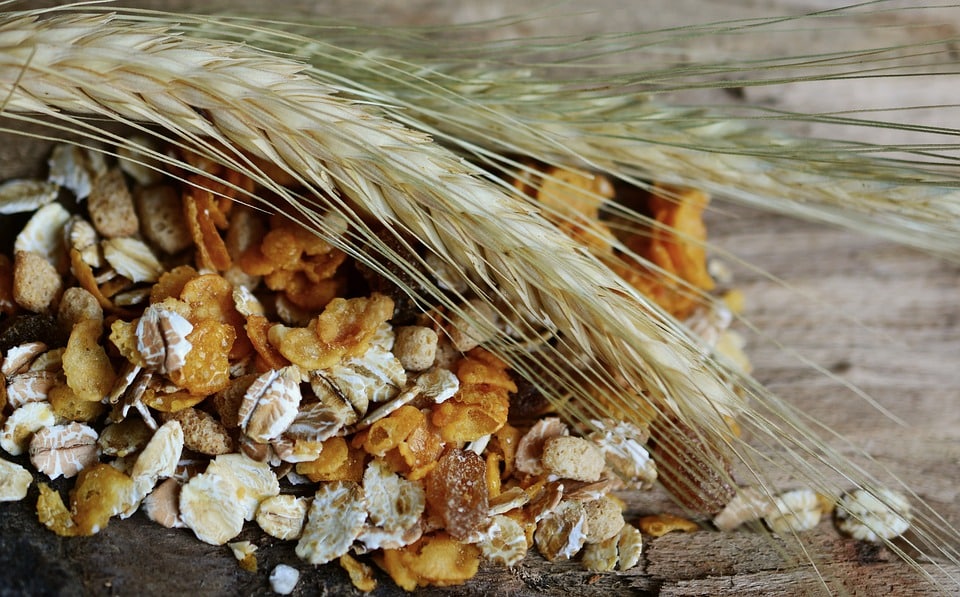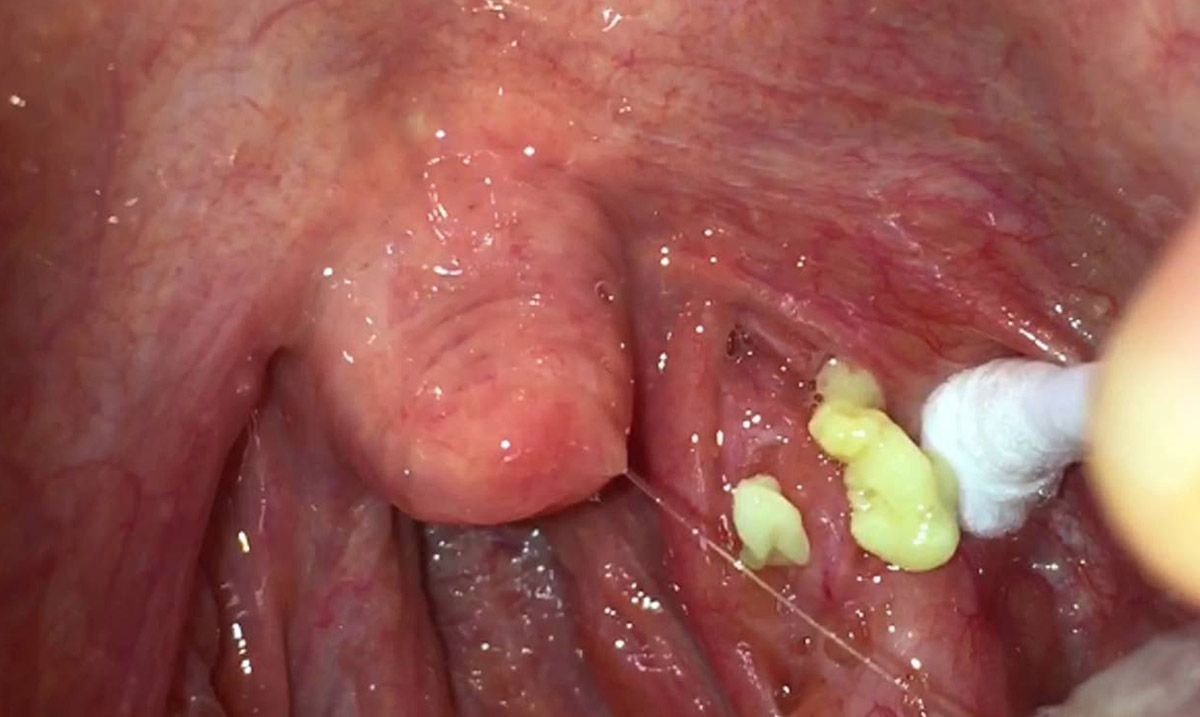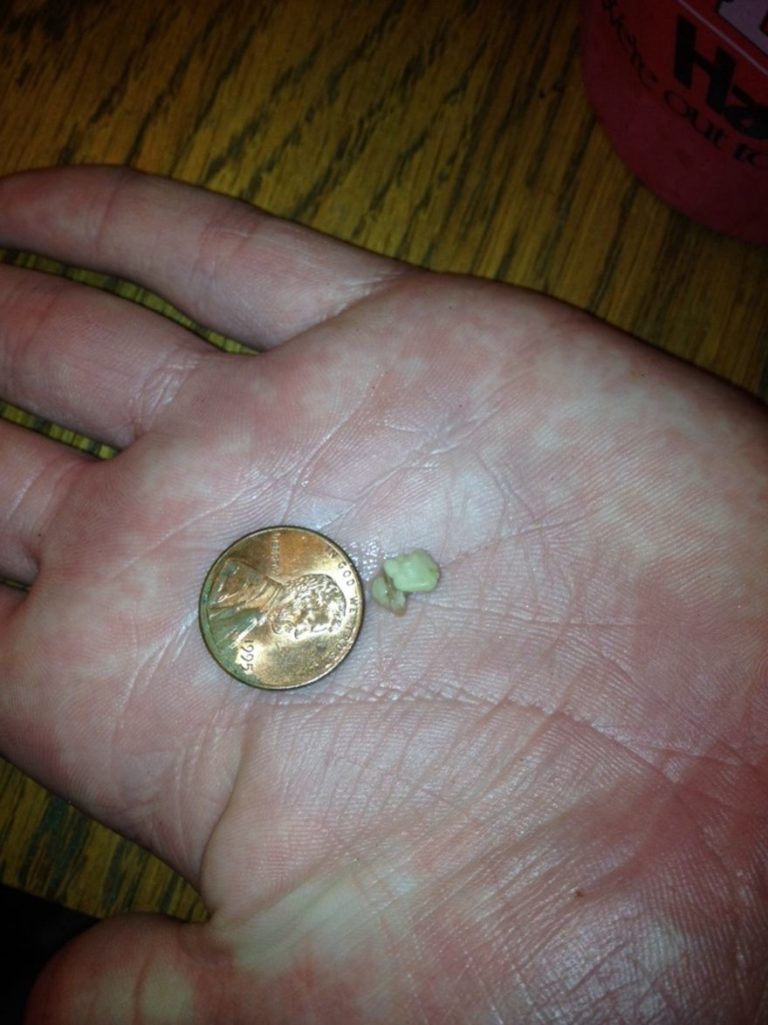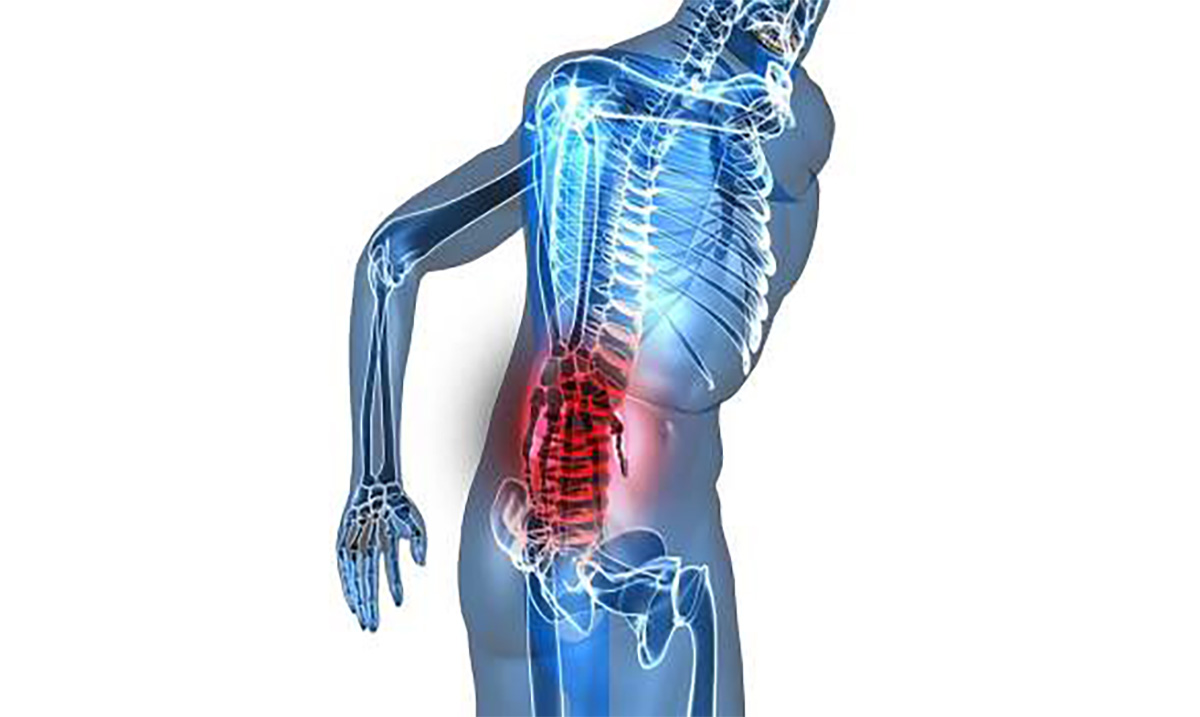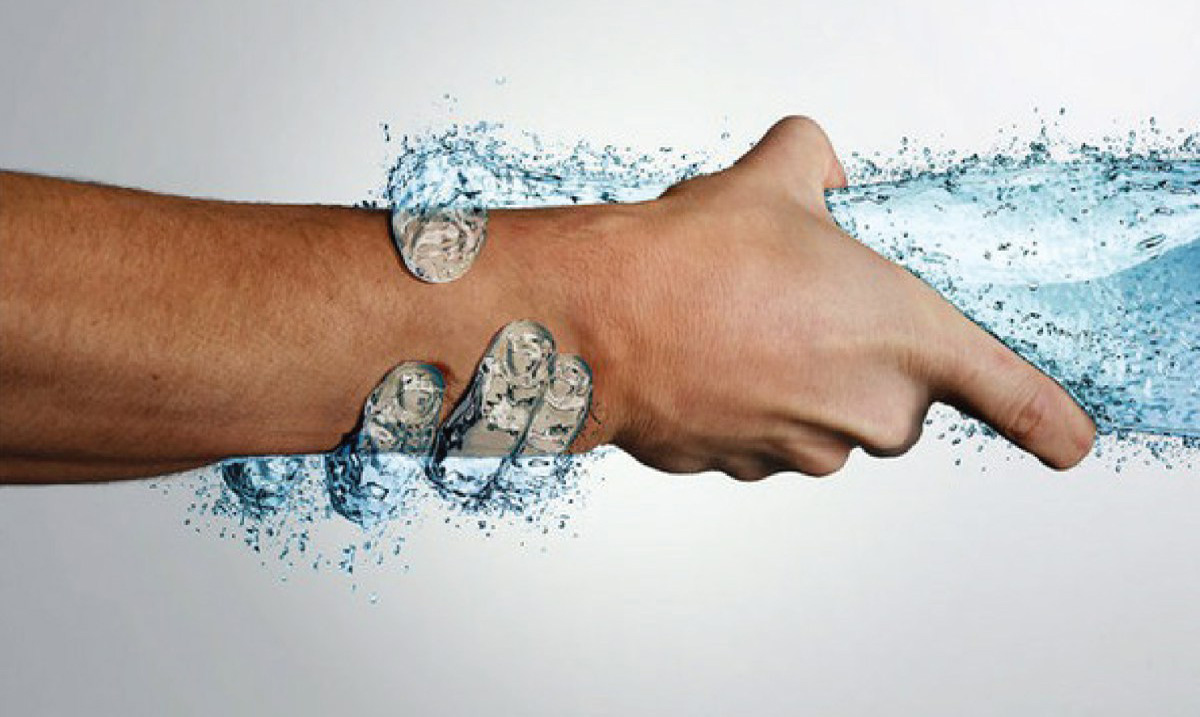Do you find that you are battling breakouts in the same place on your face month after month? While you might simply see this as an inconvenience, the ancient Chinese practice of face mapping points to a deeper underlying cause.
Dating back thousands of years, practitioners of traditional Chinese medicine documented the practice of facial diagnosis, relying upon the idea that the face can be used as a map of the health of the body overall, understanding that changes in the condition of the skin in various ‘landmark’ areas on the face can be connected to specific organs and systems within the body. This includes the appearance of eczema, discoloration, broken blood vessels and breakouts.

Source: Huffington Post UK
In an article for the Integrative Naturopathic Medical Centre, Dr. Karen Lam, a doctor of Traditional Chinese Medicine outlined the history of facial mapping. After discussing its Chinese roots, she went on to describe how this technique was adopted by other areas in the world, writing:
“Face reading has had a long history in the Western world too; the Greeks were known to study physiognomy (the art of determining characteristics from features of the body) with writings from both Plato and Aristotle. Acupuncture was partly developed as a method to enable doctors to treat conditions found without touching their patients directly. This was designed to maintain etiquette for the royal household as the great Emperor, his Empress and concubines were able to dream of eternal beauty and life, whilst experiencing regular face mapping and acupuncture renewal.”
While the practice of face mapping does outline specific areas on the face, it is important to note that it is highly individual. There exists enough predictable similarities to outline a basis for diagnosis, however (like many forms of modern medicine) this may not apply in the same way for everyone. While the appearance of acne and breakouts can signal deeper problems, they may also be a sign of environmental conditions or an allergic reaction to a skincare product.
There are five zones that are highly focused on, each corresponding to an element in the Chinese 5-Element network including earth, fire, water, wood, and metal. Each of these zones can, in turn, be connected with an area of the body, such as a specific organ or group of organs. Understanding these connections will empower you to understand what your face is trying to tell you!
The Forehead
The forehead is the one associated with the element of fire. It is connected with the heart and the digestive system, specifically the small intestine, gall bladder, and liver. A breakout in this area may indicate that you are struggling to break down and digest certain foods. Try focusing on what foods you are eating, eliminating processed and high-fat foods from your diet.
Discoloration in the area of the forehead, specifically a bluish-green coloration, may indicate an imbalance within your heart. This may also be a sign of a heart attack, and should be taken seriously!
The Nose
Connected with the element of earth, the nose is also connected with the digestive system, however focusing more on the stomach, pancreas, and spleen. A breakout on your nose is usually a reflection of your recent dietary choices. Have you recently given in to cravings for fast food, spicy foods, deep-fried foods or overall fatty food choices? That is often all it takes to welcome pimples! You may also be experiencing diarrhea, constipation and/or indigestion.
Redness along the bridge of the nose may be a sign of too much alcohol in your system. If you notice this, try to limit your alcohol intake and it should clear up. It may also be an indication of increased levels of stress and concern. This may be a sign that you need to find balance in your life.
The Chin
Including not only the chin but also the indentation located above the lips, this area is ruled by the water element. The chin itself is associated with the bladder and kidneys, along with the body’s hormonal system, where as the philtrum, the area above the lips, is associated with the prostate and genitals in men, and the uterus and ovaries in women.
If you are experiencing discoloration or blemishes along the philtrum, this may indicate a source of concern in the reproductive organs. If you are prone to breaking out during your menstrual cycle, the chin and philtrum are where you will likely experience it.
As changes in this area are often associated with the hormonal system, ensuring that you are eating properly and getting plenty of rest may help you to control blemishes and breakouts.
The Right Cheek
The right cheek is connected with the metal element and is closely associated with the lungs. If you are currently experiencing a cold or respiratory bug, or there is one coming on, you may see blemishes, redness, mild acne or a small patch of eczema as an early warning sign.
The health of your lungs can be highly impacted by the quality of the air you are breathing. If you spend some time in an area with poor air quality, such as an indoor area without proper ventilation, or a larger city you may notice that you are experiencing redness and pimples in this area. Those individuals who suffer from asthma or allergies may also find that these are to blame. Try breathing exercises to get this under control.
The Left Cheek
Ruled by the wood element, the left cheek is associated with the liver and gallbladder. If you are experiencing liver problems, such as fatty liver disease, you may notice that you have areas of redness running along the cheek next to the bridge of your nose.
If you notice yellowish patches under your left eye and across the cheek, you may find that you are currently dealing with the presence of gallstones, or that you are experiencing high cholesterol. If you work to better manage your cholesterol levels, you should see this discoloration fading.
Redness, rash, scaling or bulging veins may also indicate pent up anger and frustration, which in turn lead to high blood pressure. As high blood pressure can lead to a number of other difficulties, this sign should be taken seriously.
